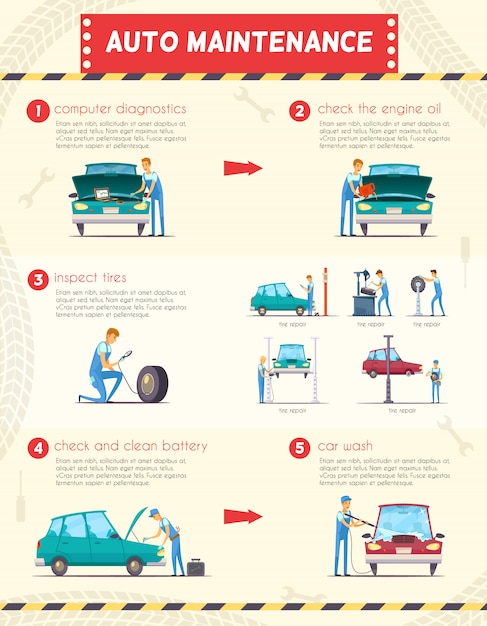Recognizing Your Car'S Warning Lighting: What Do They Really Mean?
Recognizing Your Car'S Warning Lighting: What Do They Really Mean?
Blog Article
Uploaded By-Kessler Crawford
When you lag the wheel, those beautiful caution lights on your dashboard can be a little bit puzzling. Do you know what they're attempting to tell you regarding your auto's wellness? Comprehending the relevance of these lights is essential for your safety and security and the durability of your automobile. So, the following time among those lights pops up, would not you intend to understand its message accurately and take the required actions to address it?
Common Caution Lights and Interpretations
Recognize usual warning lights in your cars and truck and recognize their definitions to ensure risk-free driving.
One of the most common caution lights include the check engine light, which signals problems with the engine or emissions system. If this light comes on, it's essential to have your lorry examined quickly.
The oil stress alerting light suggests low oil pressure, requiring immediate interest to stop engine damage.
A blinking battery light might recommend a defective charging system, potentially leaving you stranded otherwise addressed.
The tire stress surveillance system (TPMS) light informs you to reduced tire pressure, impacting vehicle security and gas efficiency. Disregarding this might bring about dangerous driving problems.
The abdominal light indicates an issue with the anti-lock braking system, endangering your capability to quit quickly in emergencies.
Last but not least, the coolant temperature cautioning light warns of engine overheating, which can cause extreme damage otherwise settled promptly.
Comprehending these typical caution lights will assist you address issues immediately and maintain risk-free driving conditions.
Significance of Prompt Attention
Understanding the typical caution lights in your auto is only the primary step; the value of without delay resolving these cautions can not be stressed enough to ensure your safety and security when traveling.
When a warning light brightens on your dashboard, it's your vehicle's means of connecting a prospective concern that requires focus. Neglecting simply click the following webpage can cause more serious problems in the future, jeopardizing your safety and security and potentially costing you a lot more in repairs.
Trigger attention to warning lights can prevent break downs and crashes. As https://brakefluidprice17395.blog-ezine.com/31196926/indicators-that-you-ought-to-speak-with-a-grease-monkey-do-not-neglect-these-warning-signs , a blinking check engine light could suggest a misfire that, if left unattended, might trigger damages to the catalytic converter. Resolving this immediately can save you from a costly repair work.
Similarly, a brake system alerting light might signify reduced brake fluid or worn brake pads, crucial elements for your safety when driving.
Do It Yourself Troubleshooting Tips
If you discover a warning light on your dashboard, there are a few do it yourself fixing pointers you can attempt prior to seeking professional help.
The first step is to consult your automobile's manual to comprehend what the details caution light shows. In some cases the issue can be as basic as a loosened gas cap causing the check engine light. Tightening up the gas cap may settle the trouble.
One more typical problem is a low battery, which can trigger numerous advising lights. Inspecting the battery links for corrosion and guaranteeing they're secure may fix the issue.
If a warning light continues, you can try resetting it by disconnecting the auto's battery for a couple of mins and after that reconnecting it. Additionally, inspecting your automobile's fluid degrees, such as oil, coolant, and brake liquid, can aid troubleshoot alerting lights related to these systems.
Verdict
In conclusion, understanding your vehicle's warning lights is crucial for maintaining your lorry running efficiently and securely. By quickly addressing these alerts and understanding what they mean, you can avoid costly fixings and potential failures.
Remember to consult your car's handbook for particular information on each cautioning light and act as necessary to make certain a trouble-free driving experience.
Stay educated, stay risk-free on the road!
